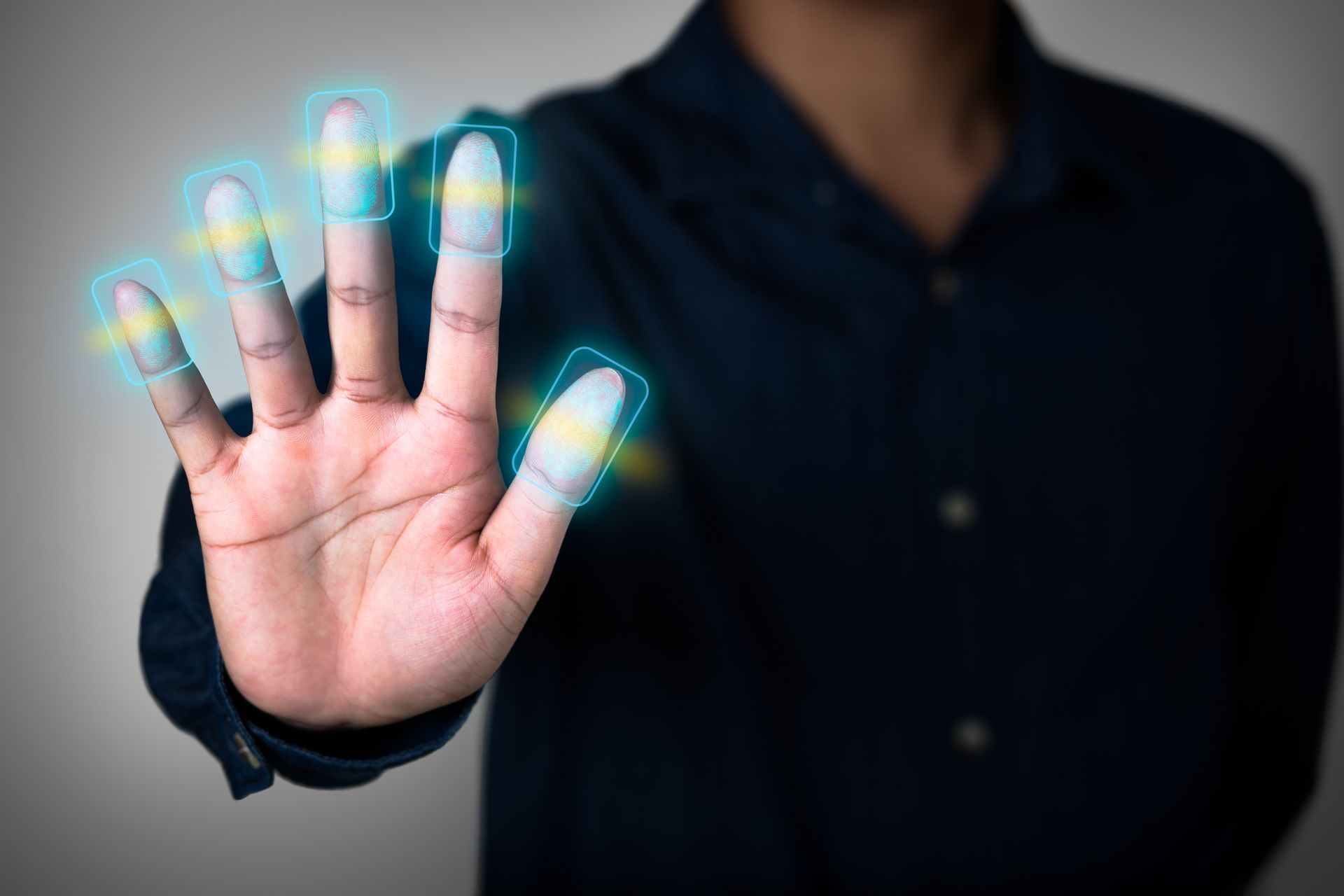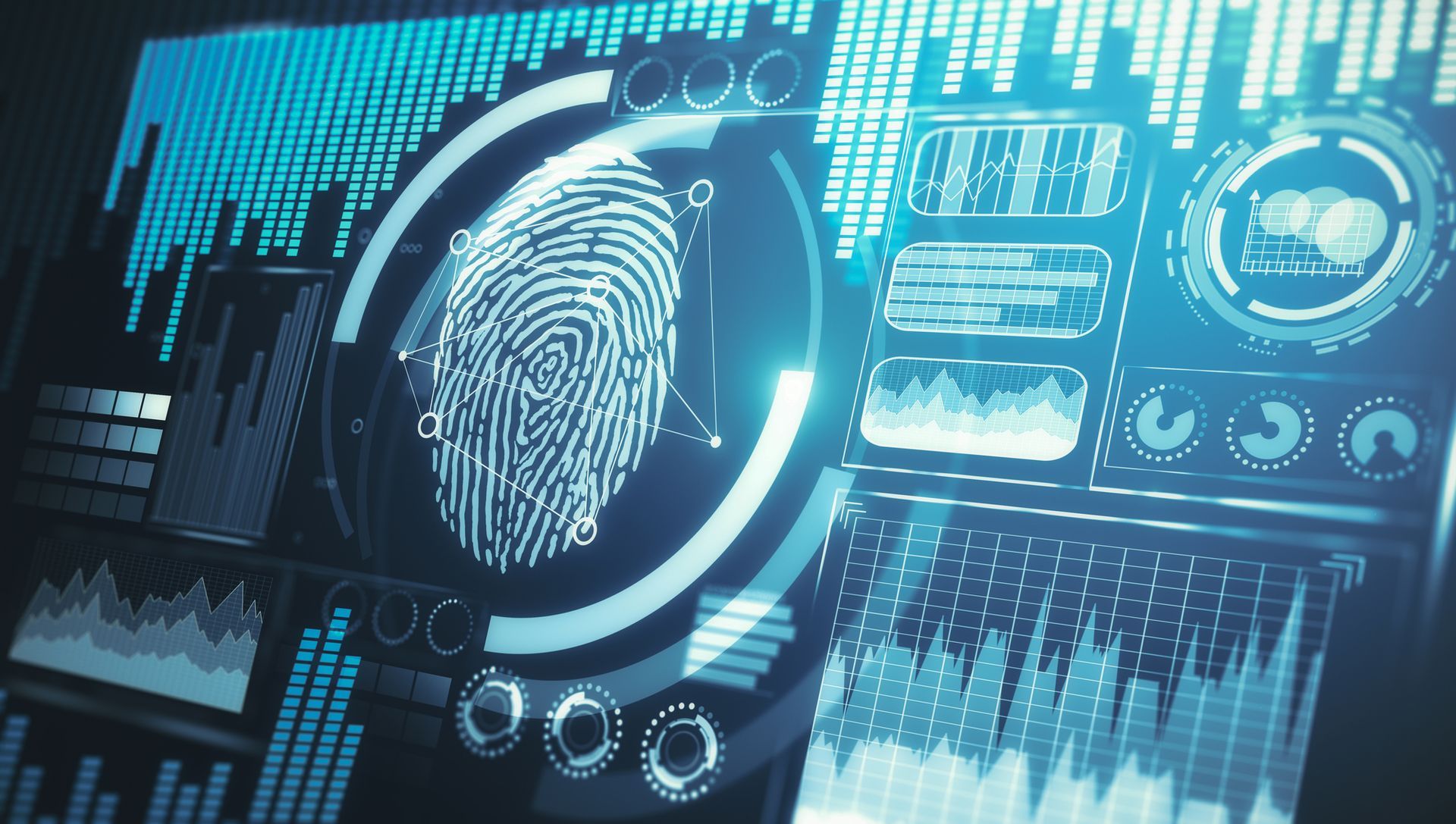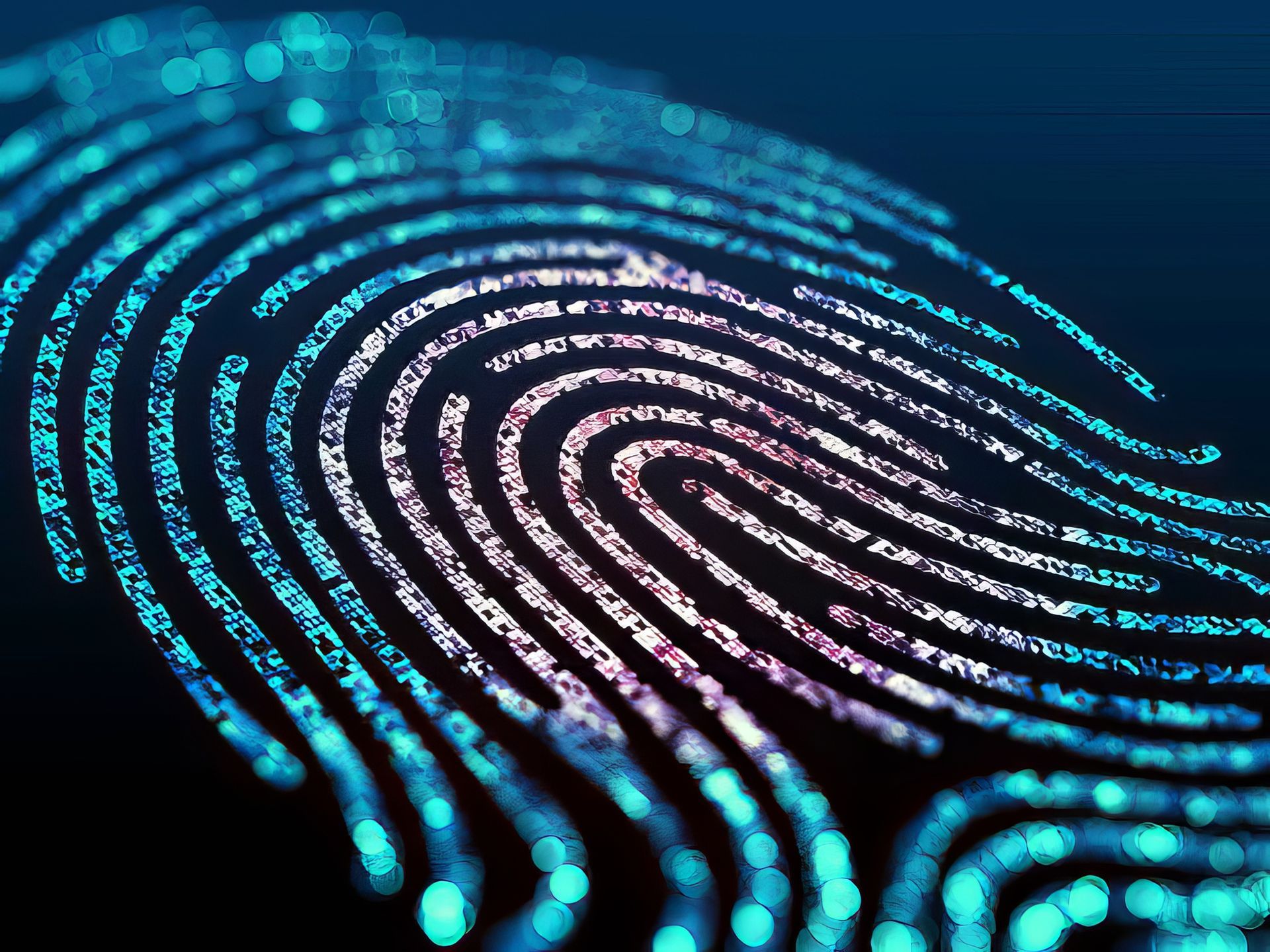Live Scan Fingerprinting vs. Traditional Methods
From Ink to Innovation The Ultimate Fingerprinting Comparison

Fingerprinting is a crucial process in various fields, from law enforcement to job applications. This article delves into the differences between live scan fingerprinting and traditional methods, highlighting their processes, advantages, and why live scan is becoming the preferred choice.
What is Live Scan Fingerprinting?
Live scan fingerprinting is a digital method of capturing fingerprints using an electronic scanner. This advanced technology offers several advantages over traditional methods:
- Digital Capture: Uses an electronic scanner to capture fingerprints without ink.
- Immediate Results: Provides instant verification and digital submission.
- Accuracy: Reduces errors and smudges, ensuring clear prints.
- Convenience: Streamlines the process with faster turnaround times.
Discover the benefits of live scan today
Why is Live Scan Fingerprinting Important?
Fingerprinting is essential for identity verification in many sectors, including law enforcement, employment background checks, and security clearances. At the forefront are two primary methods: live scan fingerprinting and traditional ink-based techniques. Understanding the distinctions between these methods is crucial for choosing the most efficient and accurate approach.
Main Issues with Traditional Fingerprinting Methods
Traditional fingerprinting involves ink and paper to capture fingerprints. Though still in use, it has several limitations compared to live scan:
- Ink and Roll: Requires dipping fingers in ink and rolling them on paper.
- Manual Submission: Prints are physically mailed to the processing agency.
- Prone to Errors: Higher chances of smudging and incomplete prints.
- Longer Processing Time: Slower turnaround due to manual handling.
Which One is Better: Live Scan or Traditional Fingerprinting?
Choosing between live scan and traditional fingerprinting depends on various factors, such as the specific requirements of your application, the importance of speed, and the need for accuracy. Here's a detailed comparison to help you decide which method is better for your needs:
Speed and Efficiency
- Live Scan: The digital capture and electronic submission process is almost instantaneous. This makes live scan ideal for situations where time is of the essence, such as employment background checks or urgent legal matters.
- Traditional: Manual processes involving ink and paper take significantly longer. Submitting physical prints and waiting for manual processing can add weeks to the turnaround time.
Winner: Live Scan offers unmatched speed and efficiency, making it the clear choice when quick results are needed.
Accuracy and Quality
- Live Scan: Digital scanning provides high-quality images with minimal errors. The technology significantly reduces the likelihood of smudged or incomplete prints, which are common issues with traditional methods.
- Traditional: Ink-based prints are more susceptible to smudging and uneven pressure, leading to a higher rate of rejected prints and the need for retakes.
Winner: Live Scan provides superior accuracy and quality, ensuring your fingerprints are clear and acceptable on the first attempt.
Convenience and User Experience
- Live Scan: The process is straightforward and user-friendly, with less preparation and no need for ink cleanup. Many locations offer walk-in services, making it accessible and convenient.
- Traditional: Requires more materials and steps, including ink and paper. The process can be messy and more time-consuming, often necessitating appointments.
Winner: Live Scan wins in terms of convenience and user experience, providing a smoother and cleaner process.
Environmental Impact
- Live Scan: An eco-friendly option that eliminates the need for ink and paper, reducing waste and the environmental footprint of the fingerprinting process.
- Traditional: Involves the use of ink and paper, contributing to waste and environmental impact.
Winner: Live Scan is the better choice for those looking to minimize their environmental impact.
Overall Verdict
While traditional fingerprinting has its place and can still be used in certain situations, live scan fingerprinting is generally the superior choice due to its speed, accuracy, convenience, and environmental benefits. For most applications, live scan offers a more efficient and reliable way to capture and submit fingerprints.
Choosing live scan ensures that your fingerprinting process is fast, accurate, and hassle-free, making it the better option for most needs.
Get your fingerprints processed fast with live scan
Why Choose Live Scan Fingerprinting?
Live scan fingerprinting offers a modern, efficient alternative to traditional methods. Here’s why you should consider it:
- Faster Results: Digital submission speeds up the process significantly.
- Improved Accuracy: Clear, precise prints reduce the chances of rejection.
- Environmentally Friendly: No need for ink and paper reduces waste.
- Enhanced Security: Digital transmission offers better protection of personal information.
In the debate between live scan fingerprinting and traditional methods, live scan stands out as the superior option due to its speed, accuracy, and convenience. Whether for employment, security, or legal purposes, live scans are setting the standard for fingerprint identification.
By understanding the differences and benefits of live scan fingerprinting over traditional methods, you can make an informed decision that best suits your needs.
FAQs about Livescan Fingerprinting
Q: How does live scan fingerprinting work? A: Live scan uses an electronic scanner to capture and digitally transmit fingerprints to the processing agency.
Q: Is live scan more expensive than traditional fingerprinting? A: While the initial cost may be higher, the efficiency and reduced error rates can make it more cost-effective in the long run.
Q: Can live scan fingerprinting be used for all applications? A: Yes, live scan is widely accepted for various applications, including background checks and licensing.
Q: How long does it take to get results from live scan fingerprinting? A: Results can often be obtained within 24-72 hours, significantly faster than traditional methods.
Q: Do I need to make an appointment for live scan fingerprinting? A: Many live scan locations offer walk-in services, though appointments can help avoid wait times.








